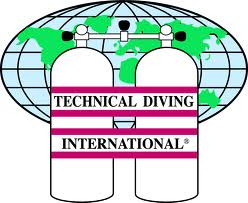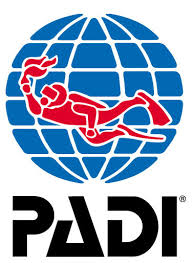A Drift Dive, Ledges & Piers
Brighton Pier 5-9mtrs
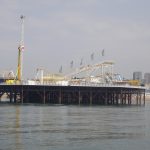
Brighton pier offers divers, a tangled wreckage with an over head environment and lots of sea life in just 8mtrs of water. Marine life can be amazing as large shoals of fish make this safe habitat their home.Shoals of Bass can be seen in the summer & autumn months and lots of eels live in the tangled wreckage.
King’s West Ledge 12-16mtrs
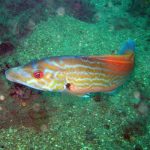 This is a chalk ledge at a depth of 12mt – 16mtrs, it runs parallel with the coast & stands between 1-4mtrs high as it weaves its way from east to west along the coast. It is a good area for sea life, crabs, lobste and flatties, with wrasse & on occasions early summer you can see lump suckers.
This is a chalk ledge at a depth of 12mt – 16mtrs, it runs parallel with the coast & stands between 1-4mtrs high as it weaves its way from east to west along the coast. It is a good area for sea life, crabs, lobste and flatties, with wrasse & on occasions early summer you can see lump suckers.
Anchor Lump 11 – 15mtrs
T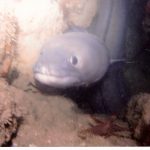 his is an area of large boulders and slabs of rock, they have been spread out over the seabed so that in times gone bye ships could use this area as an anchorage. Today it has turned into a natural habitat for all kinds of marine life with many species of fish & crustaceans living in between the rocks
his is an area of large boulders and slabs of rock, they have been spread out over the seabed so that in times gone bye ships could use this area as an anchorage. Today it has turned into a natural habitat for all kinds of marine life with many species of fish & crustaceans living in between the rocks
Looe Gate 11 – 15 mtrs
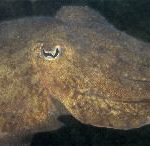 This site stretches in a northeast / southwest direction from Brighton’s Palace Pieroutwards and continues on out about 3 miles to form College Rocks. The best patches to dive are Looe Gate near to Brighton Pier and a bit further out at SouthWest Rocks. The rocks themselves rise up to form a ledge about 2 metres high in places and provide large crevices for fish to hide and swim. This makes an ideal drift dive as you can shelter from the current quite well and stay next to the ledge. Fish seen include flatfish (if you’re lucky), bib, wrasse, triggerfish in the summer, bass and crabs. Fanworms are very prevalent along the entire wall and cuttlefish spawn here in early summer.
This site stretches in a northeast / southwest direction from Brighton’s Palace Pieroutwards and continues on out about 3 miles to form College Rocks. The best patches to dive are Looe Gate near to Brighton Pier and a bit further out at SouthWest Rocks. The rocks themselves rise up to form a ledge about 2 metres high in places and provide large crevices for fish to hide and swim. This makes an ideal drift dive as you can shelter from the current quite well and stay next to the ledge. Fish seen include flatfish (if you’re lucky), bib, wrasse, triggerfish in the summer, bass and crabs. Fanworms are very prevalent along the entire wall and cuttlefish spawn here in early summer.
South West Rocks 12-16mtrs
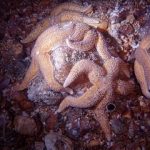 A continuation of the ledge that runs along parallel with the coast, again the reef stands between 1-4mtrs high and the sea life can be very colourful. It is not unusual to come across Cod sleeping in the holes on the chalk face.
A continuation of the ledge that runs along parallel with the coast, again the reef stands between 1-4mtrs high and the sea life can be very colourful. It is not unusual to come across Cod sleeping in the holes on the chalk face.
Palace Pier Reef
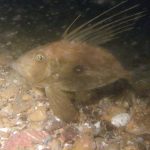 A continuation of the ledge that runs along parallel with the coast, again the reef stands between 1-4mtrs high and the sea life can be very colourful. This section of reef attracts good sized Plaice in the summer months. Just ask John.
A continuation of the ledge that runs along parallel with the coast, again the reef stands between 1-4mtrs high and the sea life can be very colourful. This section of reef attracts good sized Plaice in the summer months. Just ask John.
Rottingdean Rocks & Gullies
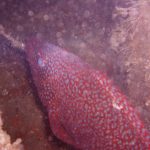
OLYMPUS DIGITAL CAMERA
To the East of Brighton Marina is a rocky and chalk gully area near Rottingdean. This area can hold some very colourful marine life and its quite a good area for crustaceans. Although there are lots of lobsters here, they are usually smaller than the ones we usually get as it is well fished by local fisherman.
The Jenny Grounds
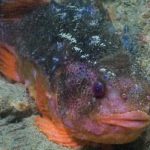 This site is a patch of reef where the sea bottom consists of large rocky areas and even some small cave-like gaps. With a depth range from 6 – 8 meters at low tide & 10 -12 meters at high tide, you could spend hours looking around the reef. Due to its close proximity to the shore (about 1 mile) fish life is prolific as they escape trawlers! Species seen include cod in winter, the usual huge shoals of bib, whiting, pouting, ballan wrasse, cuckoo wrasse, Pollack and even Bass. This area is quite heavily potted so the lobsters seen here are usually small & snared in pots, but you might be lucky to see a few hiding under the various crevices. Edible crabs are often present also hiding under crevices, and there are usually some velvet-swimming crabs around. The name Jenny Grounds originates from all the mussel beds in the area, which are everywhere. Further along towards Brighton way, there is a very old wreck of a dredger, though there is not much left now.
This site is a patch of reef where the sea bottom consists of large rocky areas and even some small cave-like gaps. With a depth range from 6 – 8 meters at low tide & 10 -12 meters at high tide, you could spend hours looking around the reef. Due to its close proximity to the shore (about 1 mile) fish life is prolific as they escape trawlers! Species seen include cod in winter, the usual huge shoals of bib, whiting, pouting, ballan wrasse, cuckoo wrasse, Pollack and even Bass. This area is quite heavily potted so the lobsters seen here are usually small & snared in pots, but you might be lucky to see a few hiding under the various crevices. Edible crabs are often present also hiding under crevices, and there are usually some velvet-swimming crabs around. The name Jenny Grounds originates from all the mussel beds in the area, which are everywhere. Further along towards Brighton way, there is a very old wreck of a dredger, though there is not much left now.
Brighton Bottle Reef
T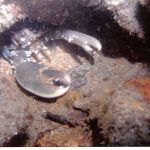 his area to the south of Brighton Pier is a large rocky plateau that attracts all kinds of fish. This area can hold some very colourful marine life and although there are lots of crabs & lobsters here, they are smaller than the ones we usually see as it is well fished by local fisherman.
his area to the south of Brighton Pier is a large rocky plateau that attracts all kinds of fish. This area can hold some very colourful marine life and although there are lots of crabs & lobsters here, they are smaller than the ones we usually see as it is well fished by local fisherman.

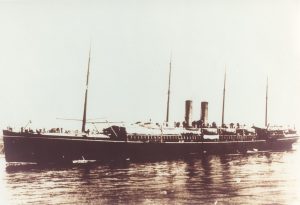

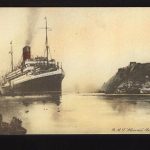
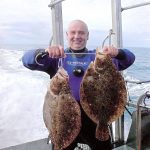
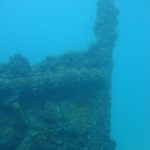
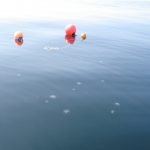










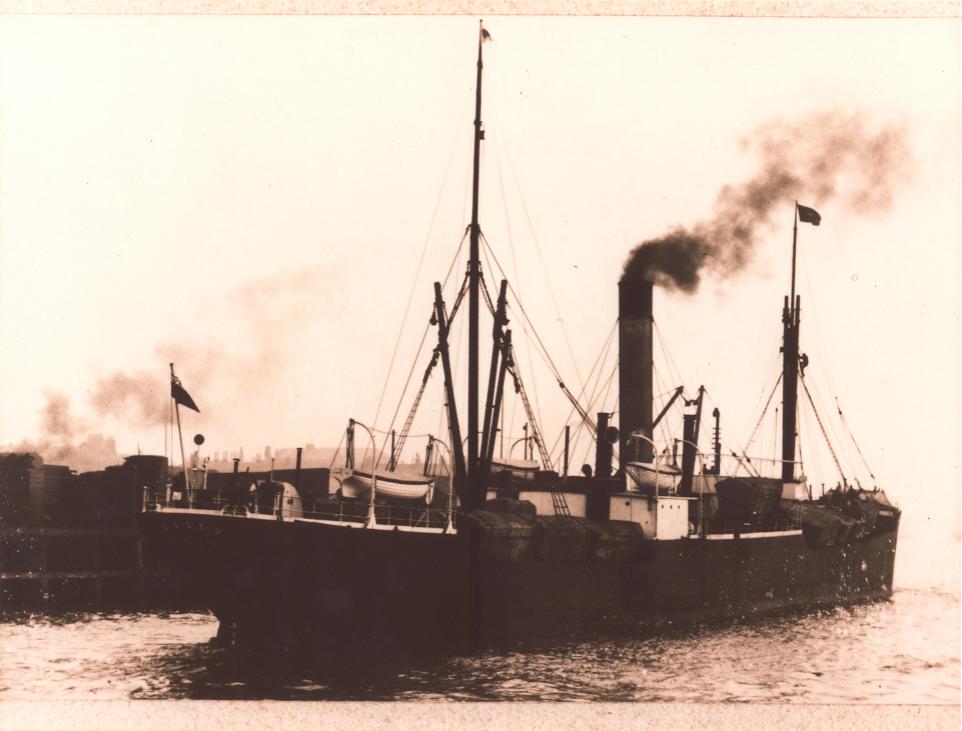


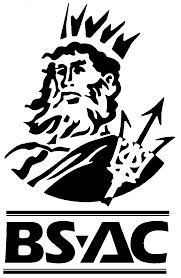
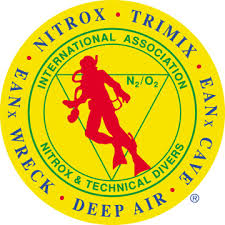
![images[3]](https://www.channeldiving.com/wp-content/uploads/images31.jpg)

